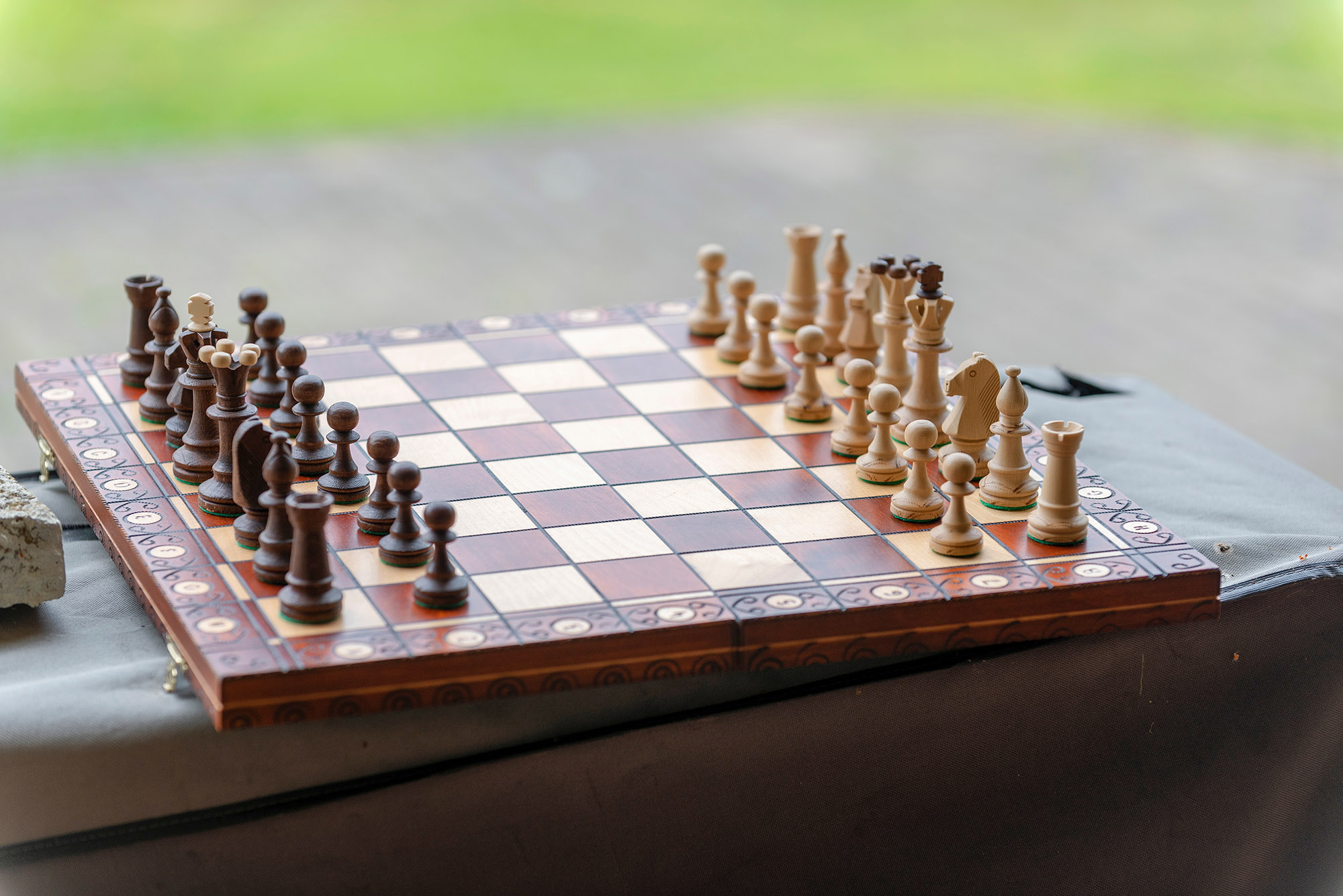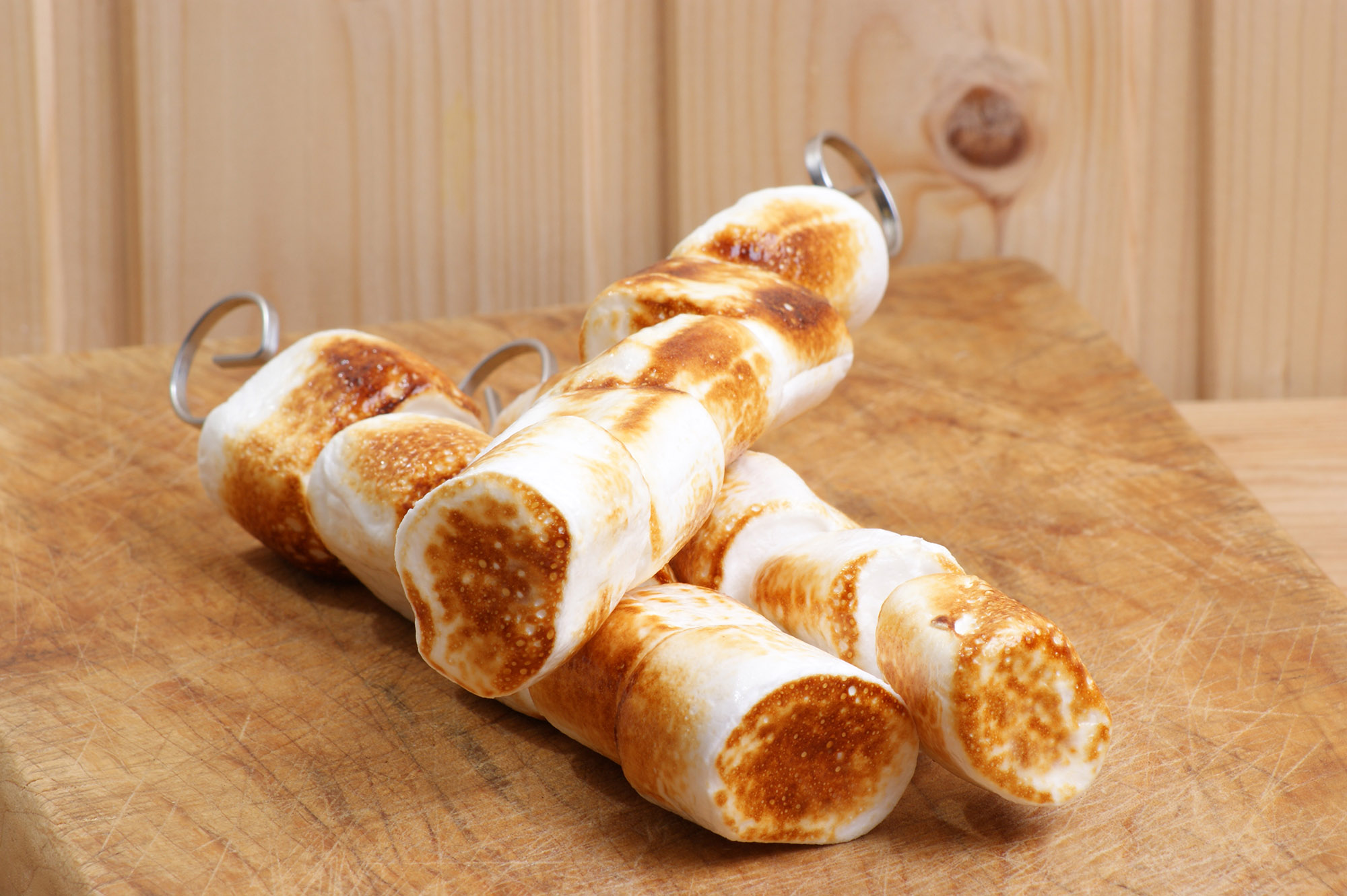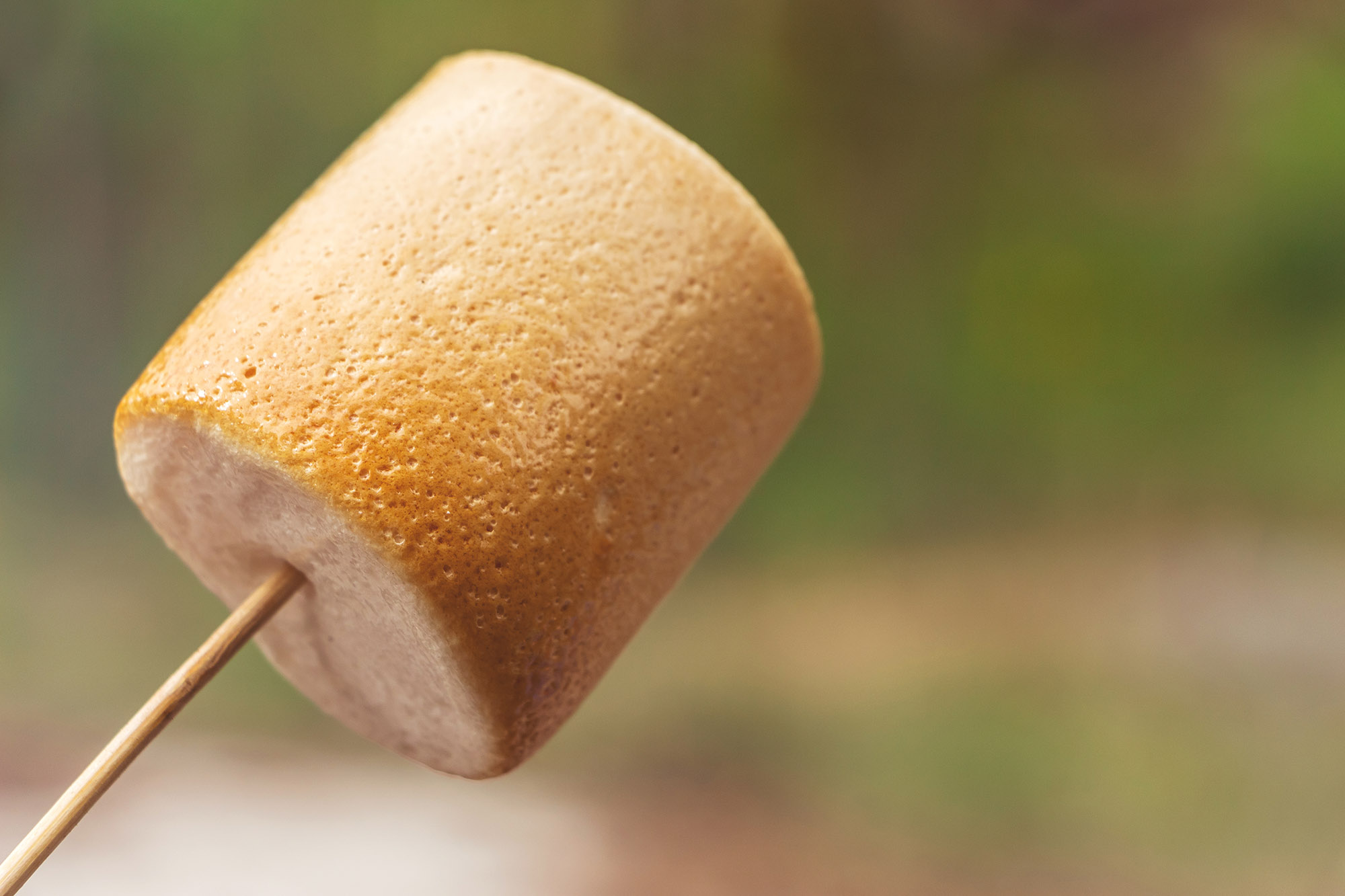
Setting Up The Chessboard
Setting up the chessboard correctly is the first step. Remember, the board should be oriented so that each player has a white square in their right-hand corner. The pieces are arranged in the following manner:
- The rooks are placed on the corners.
- Next to the rooks, the knights are positioned.
- The bishops go next to the knights.
- The queen is placed on the remaining matching-color square (white queen on a white square and black queen on a black square).
- The king takes the remaining square next to the queen.
- The pawns are positioned on the rank directly in front of all of the other pieces.
How to Move the Pieces
We have previously detailed the movement of each piece in Chapter 3. To recap:
- Pawns move straight forward but capture diagonally. They can move two squares on their first move and one square thereafter.
- Knights move in an L-shape—two squares in one direction and then one square perpendicular to that. They are the only pieces that can jump over other pieces.
- Bishops move diagonally any number of squares.
- Rooks move horizontally or vertically any number of squares.
- Queens combine the power of the rook and bishop, moving any number of squares along a rank, file, or diagonal.
- Kings move one square in any direction.
- Special Moves
Chess includes some unique moves that add a special layer to the game:
Castling: This is a move that allows you to get your king to safety and bring your rook into play. The king moves two squares towards a rook on his initial square, and then the rook moves to the square the king skipped over. However, to castle, the following conditions must be met: no pieces between the king and rook, neither piece has moved, the king is not in check, and the squares the king crosses are not attacked by an enemy piece.
Pawn Promotion: When a pawn reaches the opposite end of the board, it can be promoted to any other piece (except a king), usually a queen.
En Passant: If a pawn moves two squares from its starting position and lands beside an opponent’s pawn, the opponent has the option to capture the first pawn as if it had only moved one square forward. This option, however, only exists for the very next move. Holy Hell!
Check, Checkmate, and Stalemate
The ultimate goal of chess is to threaten the opponent’s king with capture in such a way that there is no legal move for the opponent to escape the threat. This condition is called checkmate. Here are some key terms:
Check: If your king is under threat of capture on your opponent’s next move, your king is in check. You must move your king or block the check.
Checkmate: If your king is in check and there’s no legal move to remove the check, it’s checkmate and the game ends.
Stalemate: If a player is not in check but has no legal moves, the game is a stalemate. Contrary to checkmate, stalemate results in a draw.
The Draw
Apart from stalemate, there are several conditions under which a game can end in a draw: perpetual check, agreement between players, insufficient material (when neither player has enough pieces to cause a checkmate), or the fifty-move rule (if during the last fifty moves no pawn has moved and no capture has been made).
Now that you have learned the rules of chess, you’re ready to start playing your first games! Like any great skill, it requires practice, so don’t worry about making mistakes; they’re just opportunities to learn. In the next chapter, we will dive into basic chess strategies to help you take your game to the next level. Happy playing!








